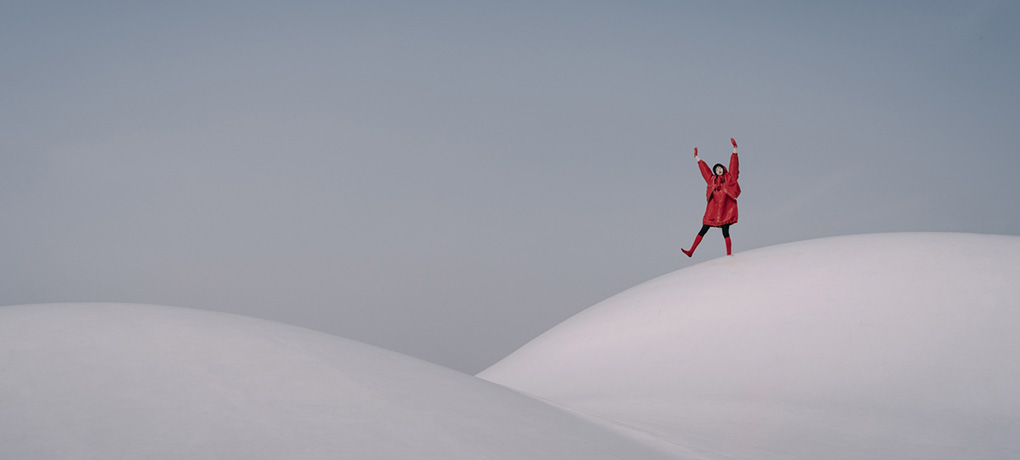CONCRETE SIMPLICITY AT ITS PRETTIEST
January 2021
writer: Agata Mayer | images: Ying Yin

The imposing shapes of concrete, defined by blunt lines and multidimensional surfaces, represent the beauty of Japanese simplicity. Designed by Japanese architect Tadao Andō, drawing upon the tenets of the Zen philosophy, but with a futuristic twist in the vein of space opera, they have captured the attention of Shanghai-based photographer Ying Yin.
Yin is a true enthusiast of Tadao Andō’s output, meticoulously documenting his visionary works since 2017. The photo project covers, among other structures, the Grand Theater in Shanghai, Osaka’s Sayamaike Museum overlooking a fourteen-century-old pond as well as Sapporo’s Church on the Water and famous statue of Buddha at the Makomanai Takino Cemetery. The photos depict a monumental, metabolic aesthetic, bringing to mind sci-fi architecture, as seen in movies like “A Clockwork Orange”, “Equilibrium” or “Star Wars”.
The structures are made up of simple, intricately intertwining cylinders and cubes of silky smooth concrete, which not only serves as the primary construction material, but is also used for lining the walls and decorating the interiors. The evenly spaced openings, Andō’s hallmark of sorts, reveal screws that keep the wooden formwork in place. Daylight pours in through the crevices, bringing out the minimalist and ascetic feel of the space indoors, the visual equivalent to haiku poetry.
The Japanese architecture depicted by Yin is precisely like that. Far from being dark or disturbingly austere, it is the embodiment of functionality, self-sufficiency and ingenious design. The photographer has been long fascinated with brutalism, monumentalism, minimalism and historic architecture. No matter what she captures with her camera, the audience are bound to be mentally engaged. In her photos, architecture is a surreal metaphor of a city from the future that has to change, reinvent itself and adapt to the challenges of tomorrow. The thoughtful, deliberately staged shots are void of any traces of everyday life and the dominant sober, cold hues of grey perfectly bring out the emptiness, giving off an amazing feel of aesthetic purity.
Earlier works by Yin include still lifes, portraits, landscapes and travel photography depicting New York, Iran, Italy, snowy Sapporo or Kyoto, where she presently resides. While exploring the latter, she got the idea for a photo series that she entitled “Four Seasons in Kyoto”. The pictures show Japanese temples, houses made of paper and wood, monumental sculptures and close-ups of concrete masonry, which graciously blend in with the contemporary urban and cultural landscape. Despite being a relatively recent addition to Japanese architecture, concrete perfectly embodies its traditional modesty. People are a recurring subject of Yin’s pictures.
Owing to the spatial and geometric context of human presence, the massive architectural shapes appear even more complex and surreal, as seen especially in the photo series “Impossible Landscape”. Yin boldly subscribes to the tenets of the Japanese metabolic architecture of the 1960s, which underlined the inseparable bond between architecture and the living world around. She believes in the utmost importance and symbolic nature of the relationship that connects architecture and people, modern technology and humanism, the exterior and the interior.
Japanese metabolist architects compared buildings and cities to the processes transpiring in all living organisms: the cyclical transformation, constant renewal and destruction of organic tissue. They championed change, reinvention and recycling, adding and removing architecture in order to adapt to the ever-altering needs.
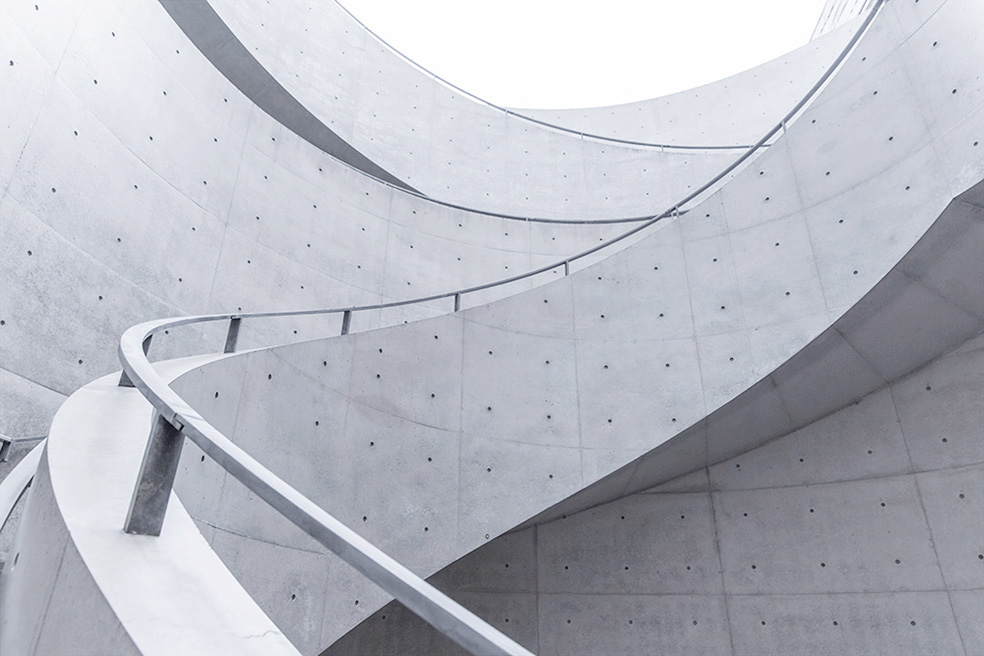
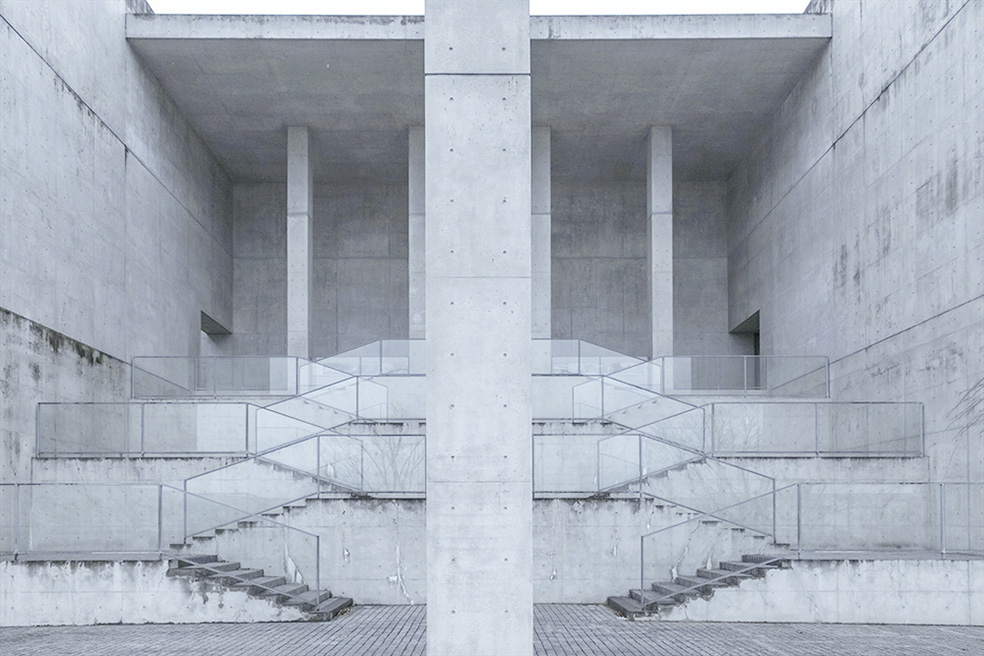
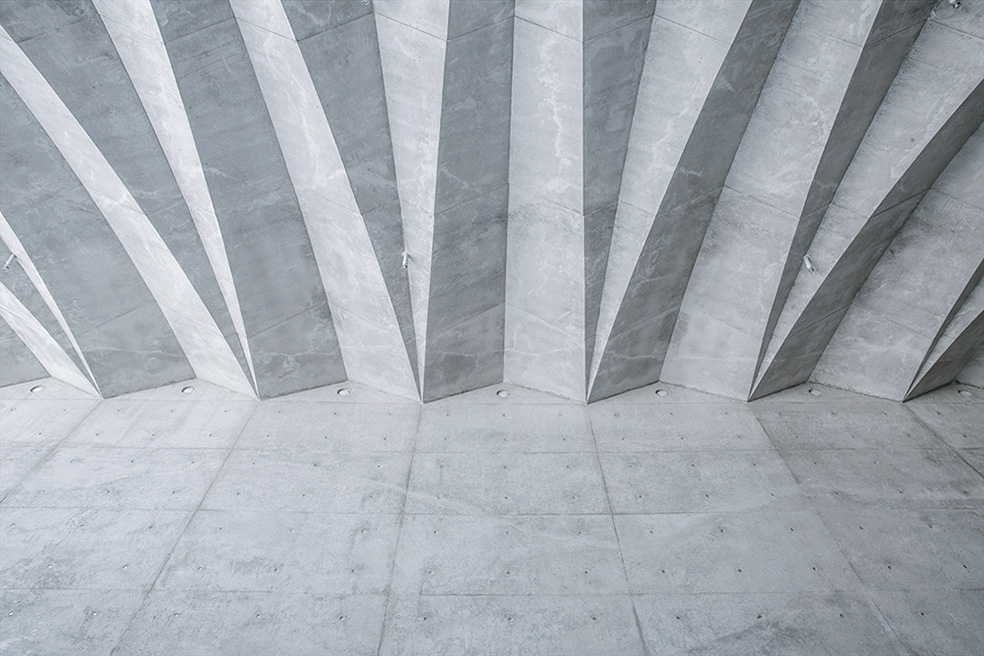
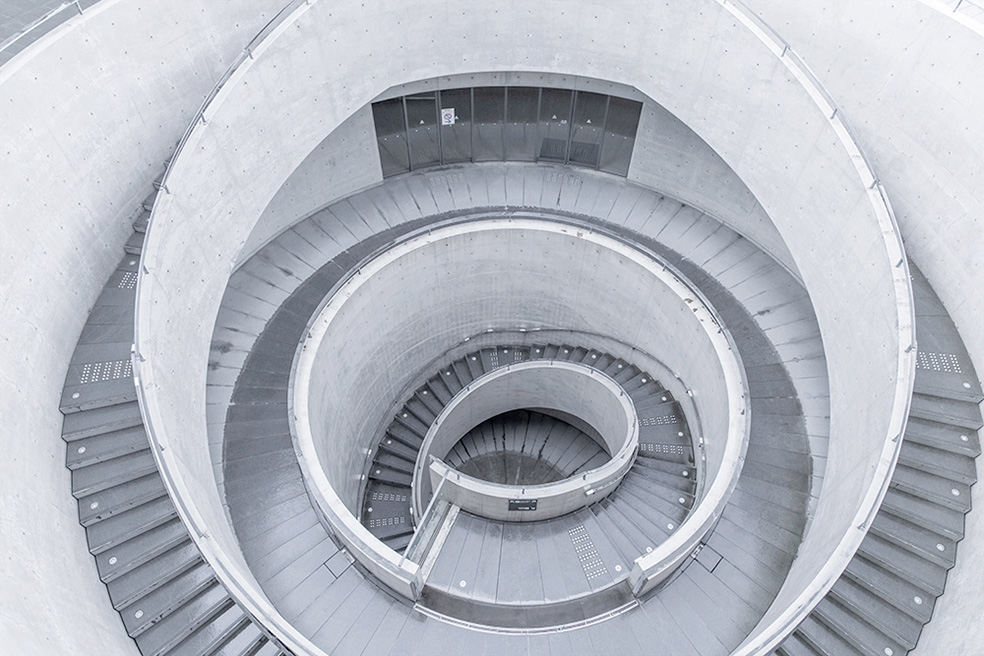
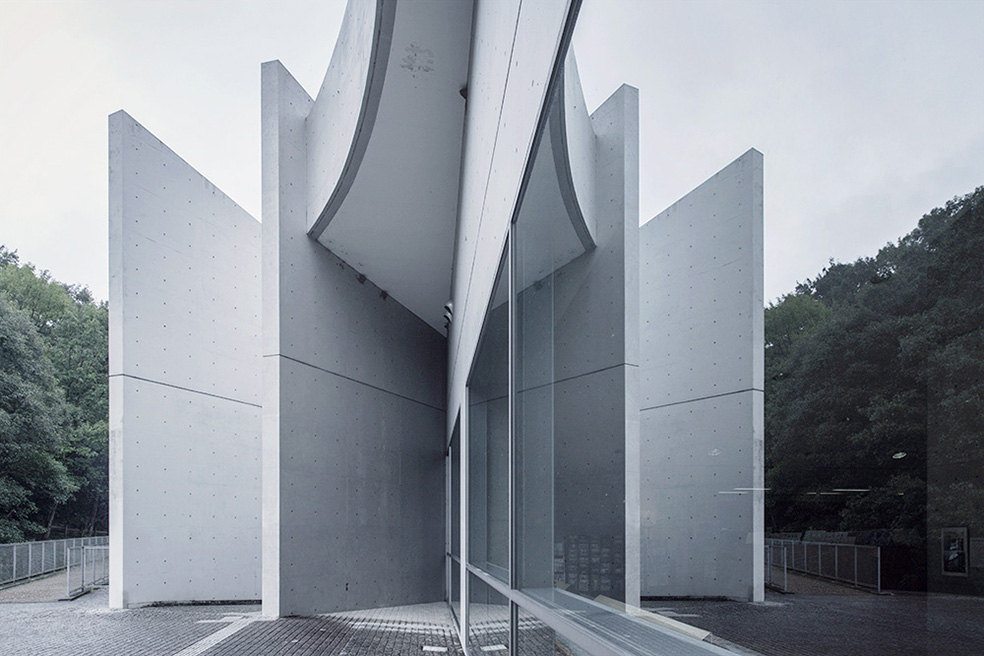
My article was published in the 45th issue of Label Magazine.
